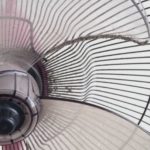1. The impact of using fans improperly during hot weather
Avoid direct fan airflow on the body
Using a fan at high speed and close distance can cause sweat to evaporate quickly, leading to a significant drop in skin temperature. However, the parts without direct wind will experience slow sweat evaporation and higher skin temperature, resulting in imbalanced blood circulation and increased susceptibility to illnesses such as the flu.
Additionally, directing the fan airflow towards the head and face can cause headaches, dizziness, fatigue, and stress. To avoid catching a cold, it is recommended to sit at a distance from the fan and let it rotate in all directions.
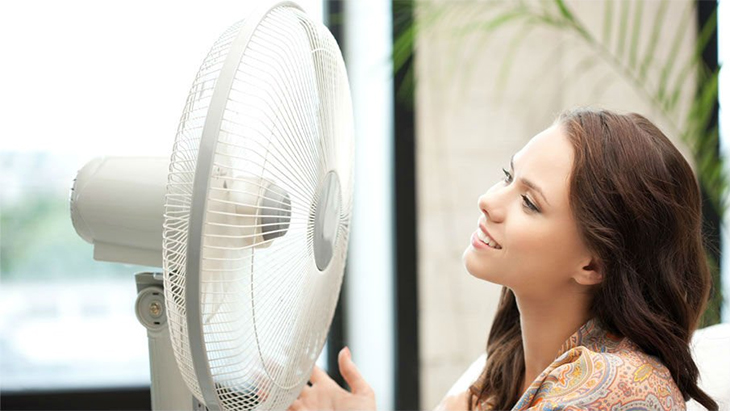
Use the fan when the body is sweating a lot
Using a fan immediately after intense physical activities or exposure to hot sun can be dangerous. When exercising vigorously, blood vessels dilate and sweat secretion increases. The fan’s wind can abruptly stop the sweat secretion process and cause a sudden contraction of blood vessels.
It is advised to wipe off sweat with a towel and then use the fan at a moderate speed to cool down gradually and ensure health safety.
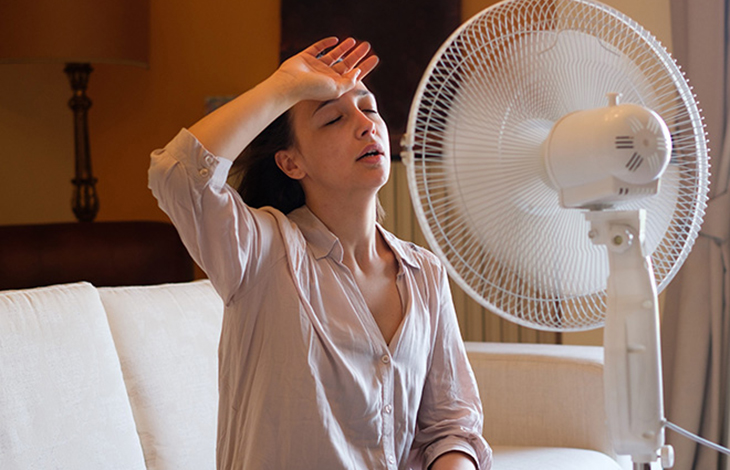
Setting the fan speed too high
When the temperature exceeds 30 degrees Celsius, turning the fan to maximum speed can cause the skin surface temperature to decrease, pores to close, and sweat to be trapped. This can result in increased heat, fatigue, exhaustion, and back pain.
Regularly cleaning the fan blades, fan cage, and motor shaft is essential for the fan to work effectively. A dirty fan not only reduces cooling effectiveness but also shortens its lifespan.
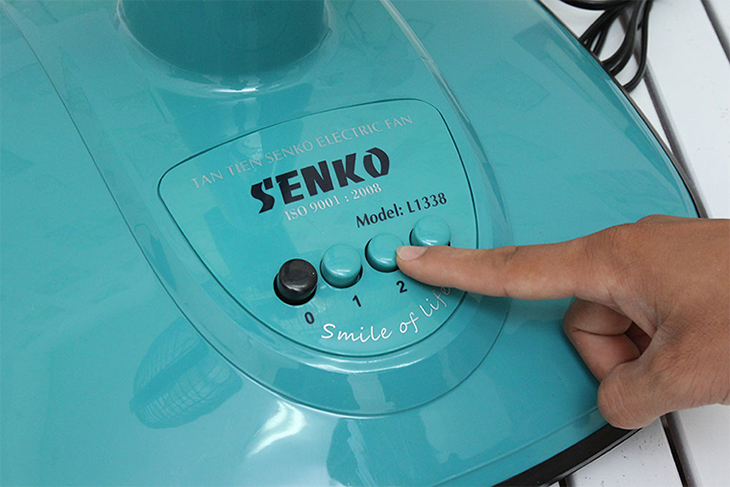
Using the fan for prolonged periods
Continuously operating the fan in one position is not beneficial for the body and can lead to motor overheating, potentially causing damage. It is recommended to turn off the fan for around 30 minutes every 4-5 hours to protect both the fan’s lifespan and the user’s health.

Improper fan placement
Incorrectly placing a fan can significantly reduce its cooling effect.
- Stand fans and table fans: Placing them in the windward position when it is hot can blow hot air into the room, making it hotter. It is best to place a basin of water (with ice if possible) in front of the fan to blow cool air into the room.
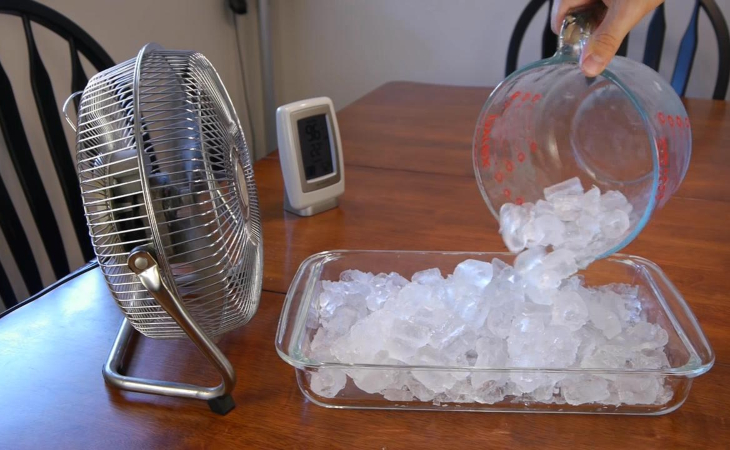
- Misting fans: It is best to place them in the living room or open spaces and next to railings to enjoy cool air like natural wind.
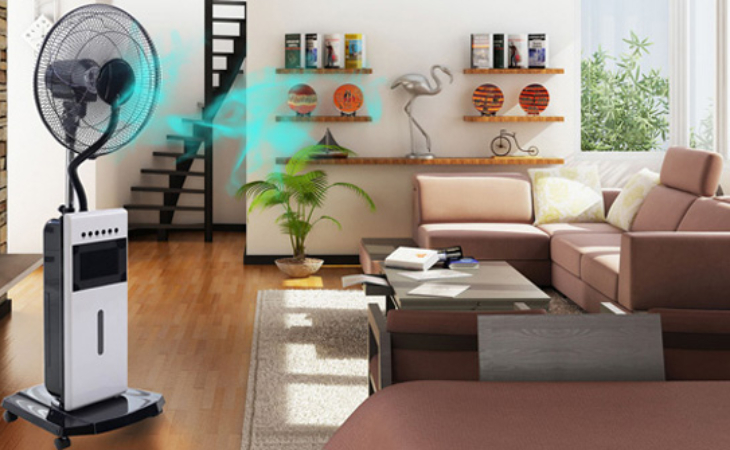
- Wall fans: They should be installed at an appropriate height for effective use, allowing continuous rotation to cool the entire room evenly.

Furthermore, regularly cleaning the fan blades, fan cage, and rotating shaft is important for the fan’s effectiveness and longevity.
2. How to use electric fans properly and ensure health
Important guidelines for using fans in hot weather
- Choose the appropriate fan speed: Select a moderate level and open windows for better ventilation. Avoid using the fan at high speed, which can cause sudden temperature drops and pose a risk to health. Use a low fan speed at night.
- Use the fan in reverse mode: This will help cool the air in the room without causing discomfort or abrupt temperature changes.
- Maintain a distance from the fan airflow: Position the fan slightly away from your body to avoid direct airflow.
- Avoid using the fan when sweating excessively: In hot conditions, the body sweats a lot. Instead of using the fan to dry off, wipe away sweat with a towel and then use the fan at a moderate speed.
- Avoid prolonged use of the fan: Especially at night, it is advisable to set a reasonable time for operating the fan.
- Use fans sparingly with the elderly and young children: Due to their weaker health, the elderly and young children should use fans at the lowest setting if they feel overheated.

General tips for using fans
In addition to the guidelines for using fans in hot weather, it is important to consider the following for general fan usage, ensuring safety and prolonging the lifespan of the device:
- Avoid continuous and frequent fan operation, allowing 15-20 minute breaks in between.
- Choose the reverse rotation mode and use the fan at a moderate speed.
- Avoid direct fan airflow towards the face or head.
- Position the fan towards main windows and doors to improve air circulation in the room.
- If possible, opt for a fan with an air filter function to keep the room’s air clean and healthy.
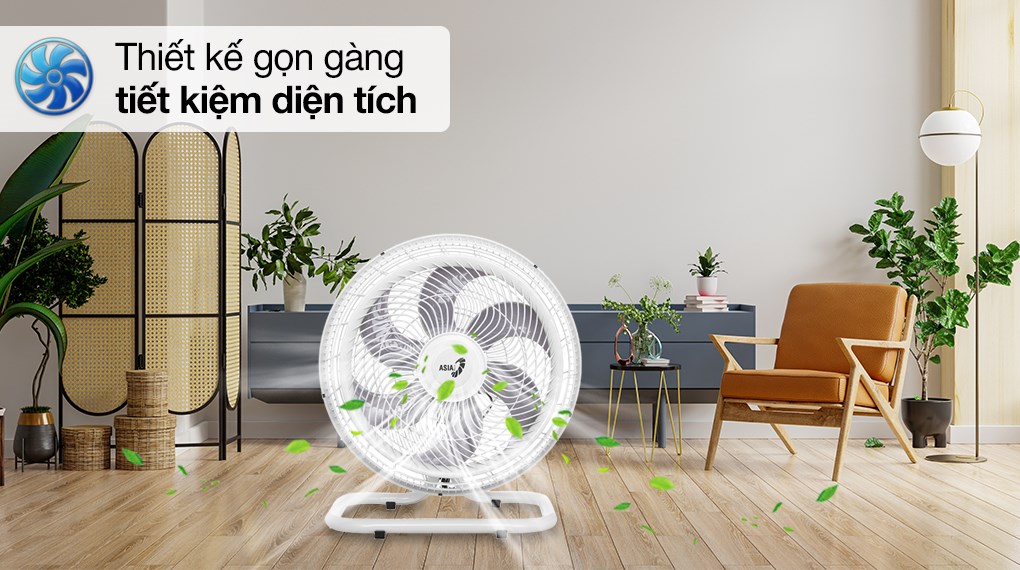
Hopefully the information above will help you use electric fans effectively and ensure your family’s health. Do you have any experience or tips for using electric fans? Please share with us!





























